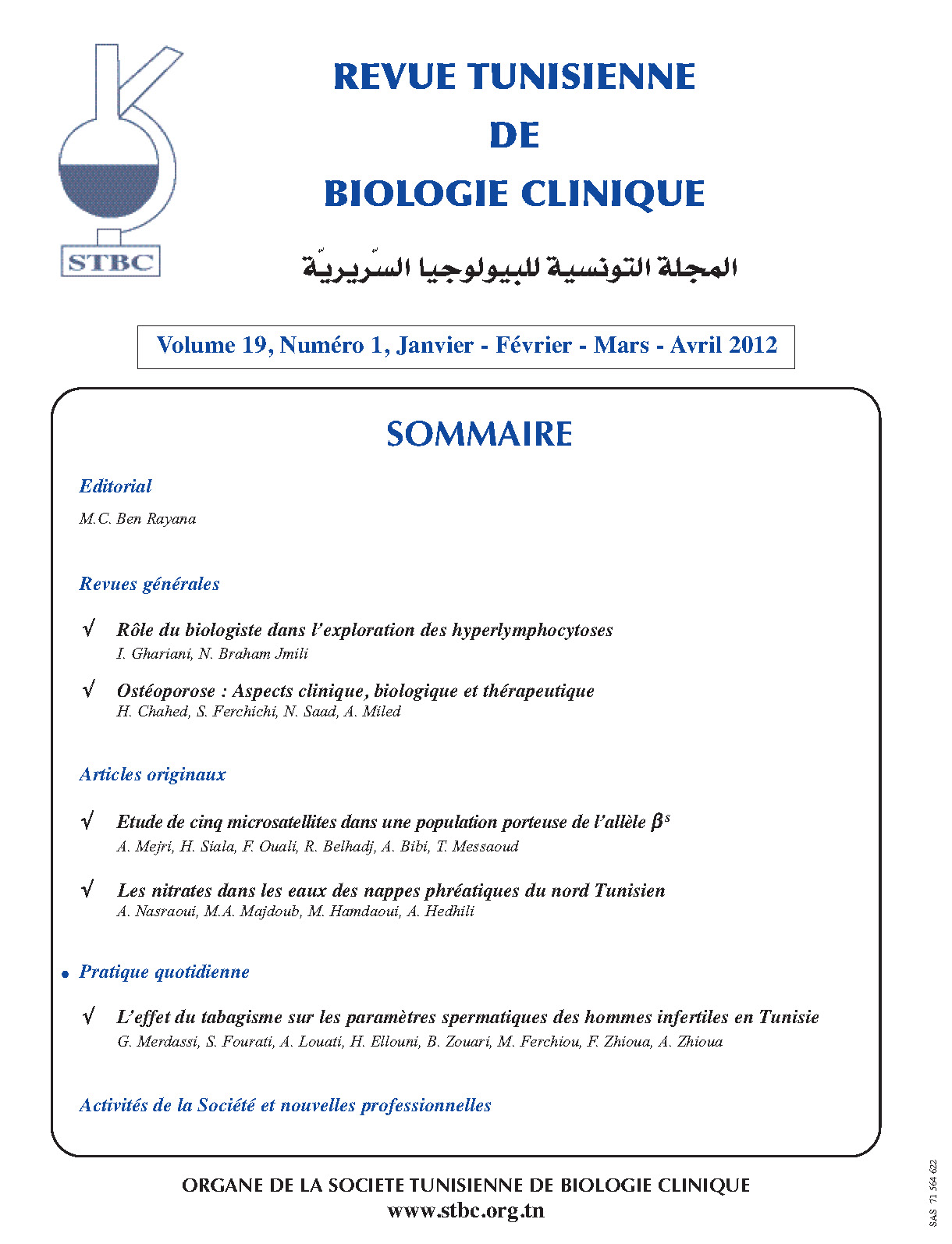Abstract
Osteoporosis is a systemic disease characterized by low bone mass and microarchitectural deterioration of bone tissue, resulting in an increased risk of fracture. It is a current worldwide socioeconomic problem with an increasing severity and frequency, due to the progressive aging of the world’s population. Diagnosis is based on measurement of bone mineral density (BMD) and The World Health Organization (WHO) has defined osteoporosis as a bone density 2.5 SD below the mean for young adult women. Unfortunately, biology does not contribute to the diagnosis of osteoporosis; because blood tests are only useful to establish or to rule out secondary causes of osteoporosis. Current biological markers of bone turnover have proven useful in improving fracture risk assessment and monitoring treatment efficacy in osteoporosis. The most sensitive markers include serum osteocalcin, bone specific alkaline phosphatase, the N-terminal propeptide of type I collagen for bone formation, and the crosslinked C- (CTX) and N- (NTX) telopeptides of type I collagen for bone resorption. Osteoporosis is under-diagnosed disease, but we can reduce the risk of fracture through preventative measures (exercise, fall prevention, nutritional intake of vitamin D and calcium, Smoking cessation and moderate alcohol intake) and curative measures (Hormone remplacement therapie, bisphospho-nates, strontium ranelate, raloxifene and teriparatide).

This work is licensed under a Creative Commons Attribution 4.0 International License.
Copyright (c) 2012 Revue Tunisienne de BIOLOGIE CLINIQUE

